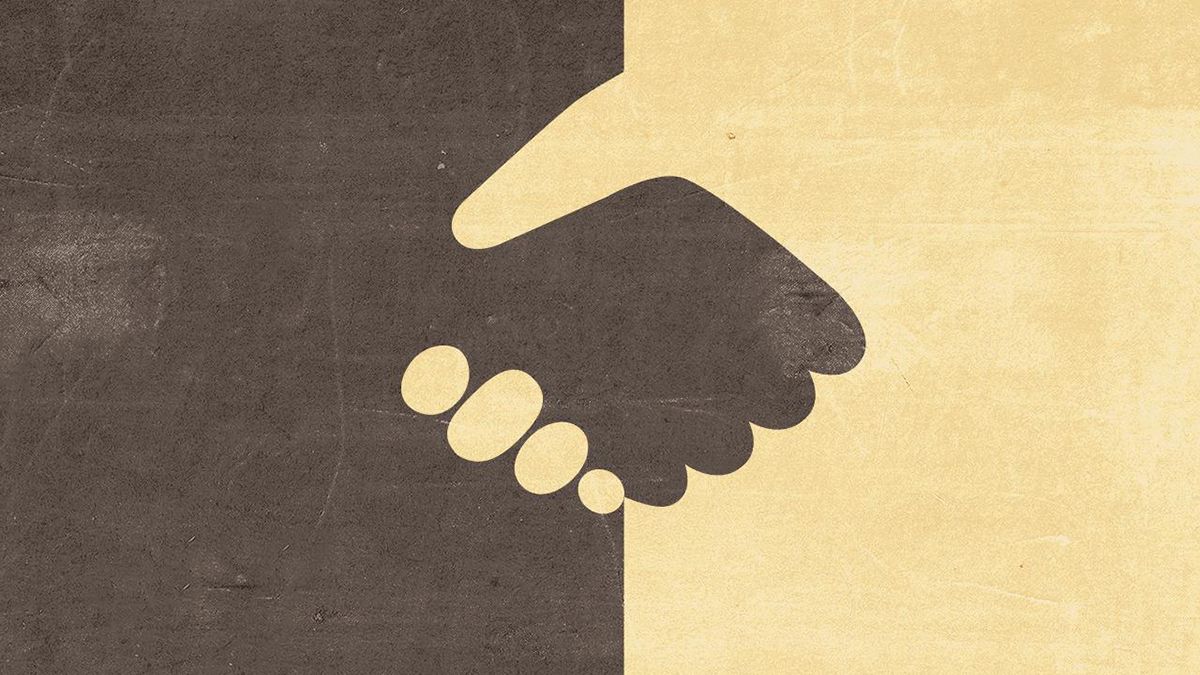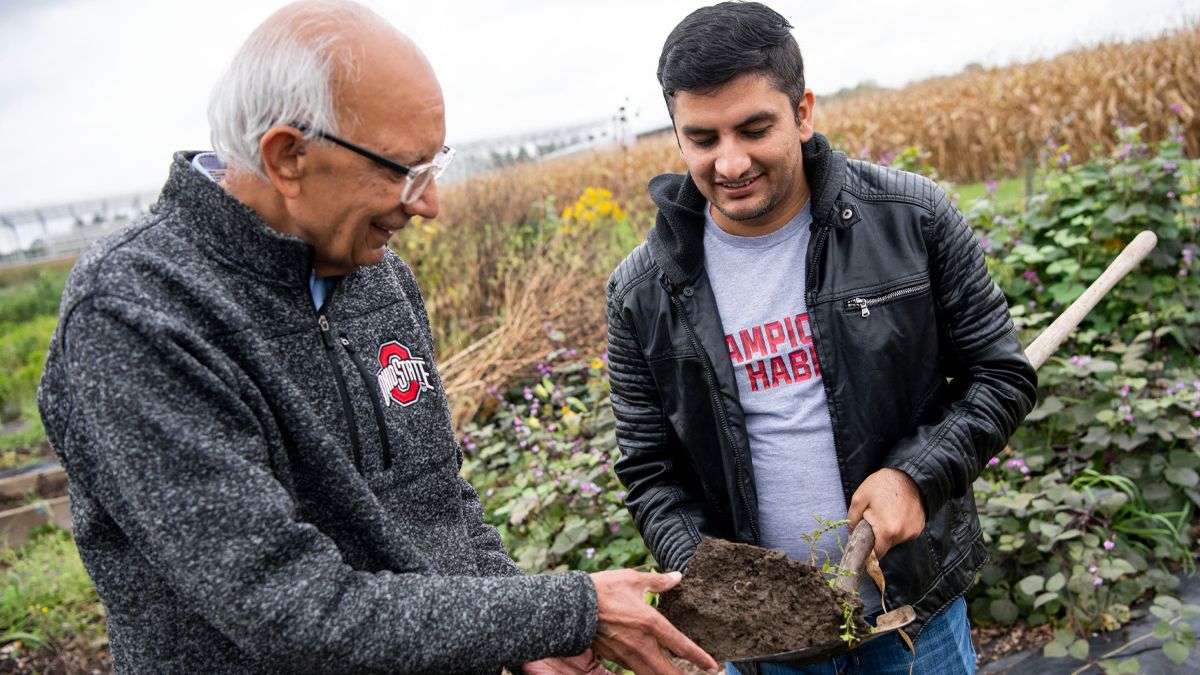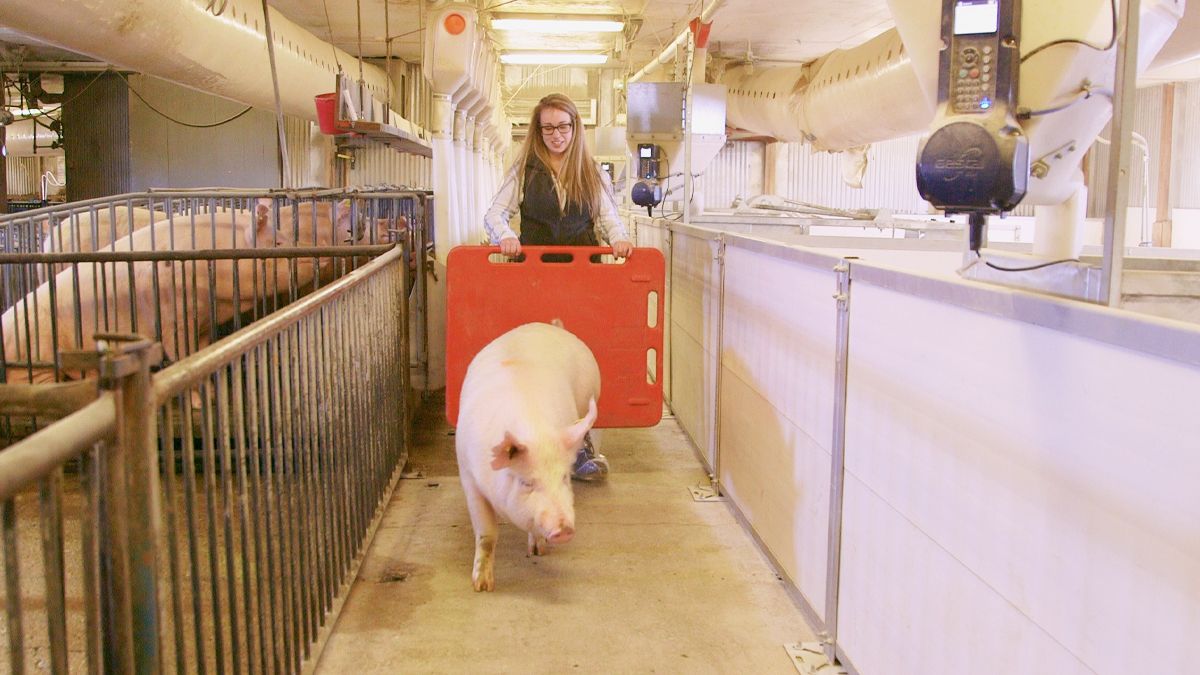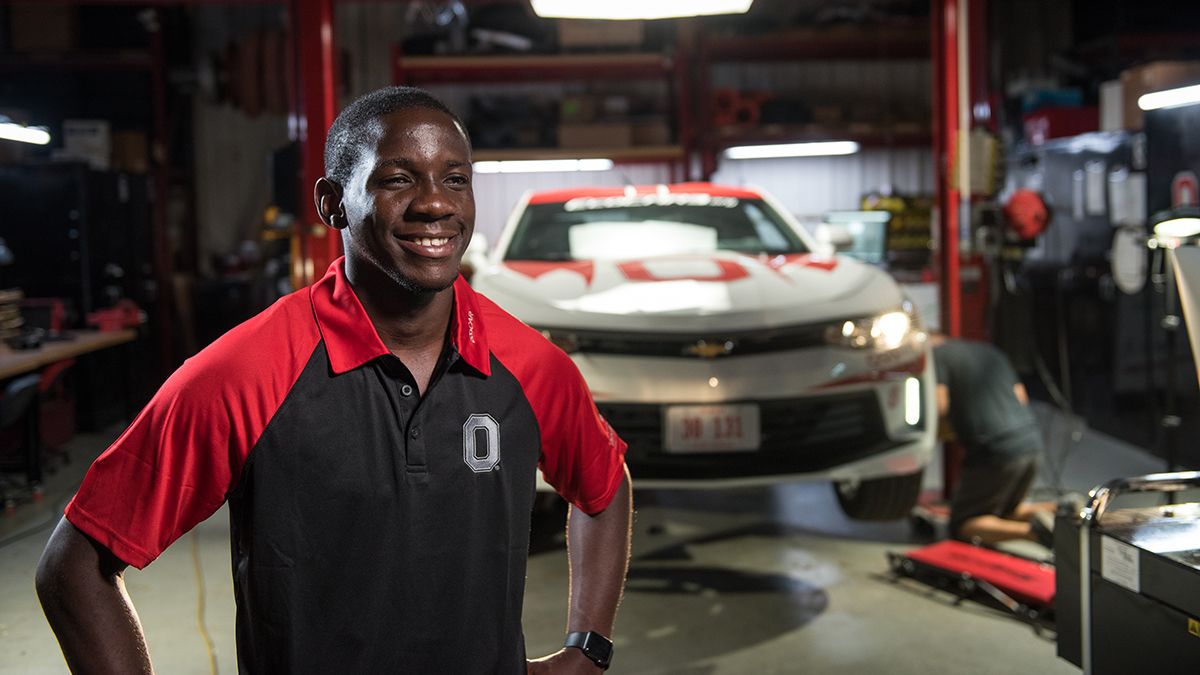It's a situation that has become all too familiar in these times of social and political strife: A young man is shot by a police officer. Outrage builds in the community, and civil unrest follows.
To help communities deal constructively with such situations — and address the underlying issues that lead to them — the Divided Community Project was born.
The project, based at Ohio State’s Moritz College of Law, started in 2015 after a meeting at Moritz College of city officials, police chiefs, civil rights leaders and mediators from around the country. The meeting was so productive that participants urged organizers to continue the work.
"It was really the brainchild of Josh Stulberg — who in addition to being recognized nationally for his dispute resolution scholarship has served as a mediator in challenging community contexts — and Nancy Rogers, who used to be dean of the law school and was Ohio attorney general," said Becky Monroe, director of the Divided Community Project.
Rogers remains an important contributor and serves on the steering committee of the project, which is part of the dispute resolution program at Moritz, itself ranked No. 1 among law school dispute resolution programs by U.S. News & World Report in 2019.
"Voicing criticism is an important part of democracy because there are some issues that deserve controversy," Monroe said. "But how do you prepare for civil unrest in a way that keeps people safe but also allows people their First Amendment rights and allows their voices to be heard?
"Our aim is to help communities reckon with those issues and not avoid them."
Offering the tools to curb conflict
The Divided Community Project has been doing so in a variety of ways, including writing documents to guide communities before, during and after unrest, and through several initiatives in which project members help communities directly.
"We offer the tools, the resources," said Bill Froehlich, deputy director of the project. "But the people who live in the communities know the communities best. They might need processes in helping to identify solutions they already have, and that's what we do. But it's not our role to come into a community and say, 'Do this, this and this.'"
One such resource that the project provides is the Bridge Initiative, which offers rapid consultation with mediators and other experts to communities at the time of a conflict.
In one case, officials in Bloomington, Indiana, reached out to the project when concerns about public safety arose after there were allegations of ties between a vendor at the city's farmers market and white nationalism.
"We brought in a retired mayor and a head of an Urban League — we set up a series of meetings and just listened to people," Monroe said. "It turned out there were some deeper issues that hadn't been heard about for some time."
‘Smart communities prepare’
Other resources, such as the Community Resiliency Initiative and the three-day Academy Initiative, focus on developing communications and relationships among various community leaders before any unrest occurs.
"Smart communities prepare," Monroe said. "The time to make friends is not when you need them."
Part of the Academy Initiative includes a role-playing exercise. Over the course of several hours, a police chief might be given the role of community organizer, while a religious leader might be given the role of mayor. Then a simulation of an incident unfolds and the participants are tasked with advocating for their assigned roles.
"We think it's effective because it's engaging," Froehlich said. "It teaches people how to be collaborative, how to think outside their traditional silos."
Such hands-on work is also effective in preventing burnout among community leaders.
"We're always learning from our mistakes in how to be more effective," Froehlich said. "Sometimes we've struggled with maintaining energy among volunteers and community advocates. That's been a challenge, but the simulation exercise is really effective in building momentum."
While it's not possible for the Divided Community Project to point to statistics on how many riots its efforts have prevented, various case studies have shown marked improvements in communities around the nation. As a result, the project has garnered funding from such sources as the JAMS Foundation and the Kettering Foundation.
"Our goal is not to get publicity but to offer a safe place to connect people in a community where there is unrest," Monroe said.
"Actually, I worry if I see a city without some tension," she said. "You don't want people giving up. It's encouraging there is this kind of commitment to coming together. When people stop thinking their voice matters, that's when I start worrying."





